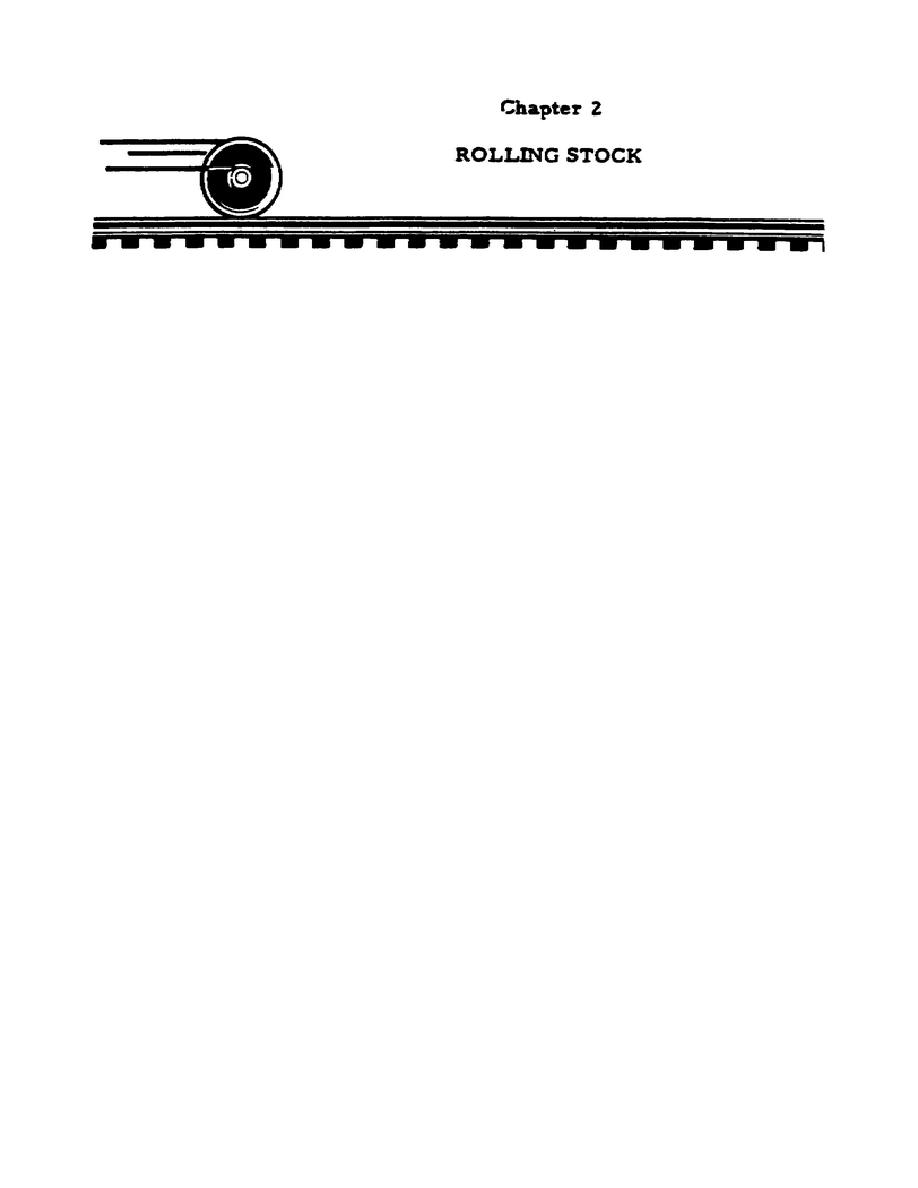
2.1.
GENERAL
The first railway cars were merely horse-drawn wagons.
They
were introduced in England in 1602 to transport loads of coal from
English mines to navigable streams where the coal was transferred to
vessels.
The wagons were equipped with handbrakes to reduce their
speed when they started rolling faster than the gait of the horses
that pulled them. They had wooden wheels and rolled on wooden wagon
ways or rails, called tramways.
Experience soon proved that the
wooden wheels and rails wore out quickly and had to be replaced
frequently. This led to the use of metal wheels and rails. But, as
time passed and industries grew, the limited capabilities of the
horses and wagons could not meet the demands of transporting the
ever-increasing tonnages.
Some method of transportation was needed
that could both carry heavier loads and withstand long use.
When the steam locomotive was built to replace the horses of
the wagon roadways, iron rails and later steel ones were developed.
Railway cars were designed and built to replace the horse-drawn
wagons. The original railway cars were constructed to handle minimum
loads as were locomotives, roadbeds, and track structures.
Through
the years, roads and structures have been improved and the equipment
made more efficient, larger, heavier, stronger, and safer. Railroads
and private-car owners, including the Army, now own and operate a
vast heavy-duty railway fleet.
Today's piggyback and Flexi-Van cars provide a high degree of
flexibility which minimizes empty-car movements on return trips.
Containerization
is
expanding
continually
and
is
being
used
increasingly.
With containers, the flatcar becomes an all-purpose
car with the advantage of fast loading and unloading.
Freight-
handling labor is reduced, and damage to the lading is decreased.
This chapter describes some of the railway equipment the
Army owns.
Emphasis is placed on the foreign service or knockdown
fleet that can be used in a theater of operations anywhere in the
8



 Previous Page
Previous Page
